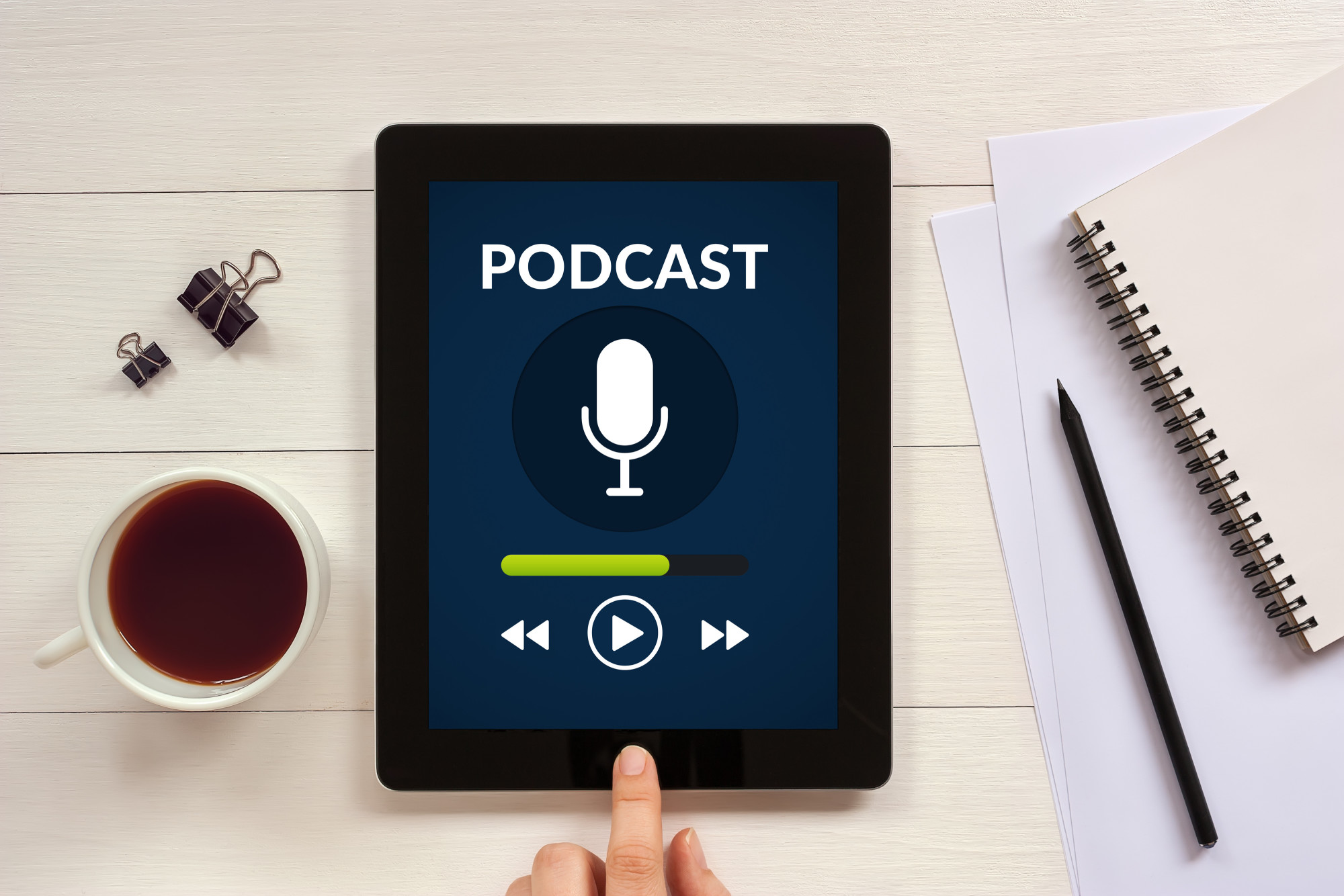Podcasts are very popular. Over 155,000,000 people in the USA listen weekly.
If you have a topic that you want to talk to the world about, a podcast is a great way to do it.
Starting a podcast can be a daunting task. You want things to sound natural and conversational, but you also don’t want to find yourself sitting in dead air with nothing to say. To avoid this, you need to develop a conversational podcast script.
Read our short template guide below and learn how to put together a podcast script ready for your first episode.
The Introduction
You may want to open with a sponsor message if you have a sponsor at this time. If this is your first podcast episode, you may not be sponsored yet, but leave this space in the script for future episodes.
Open with a hook. Take something short and snappy from your recording and add it here to entice the listener to stay throughout the podcast. It should only be a few seconds of footage, not more than thirty.
Then you need to lead into the title card or intro music. It is important to have something professional sounding, or if you want to inject some personality, you could make an intro card yourself with a song or jazzy title. Again, this should last no more than 10-15 seconds.
Now you need to write your introduction. What is the podcast episode about? Who are the voices that people will hear? Give a short rundown of the podcast contents so that people know what to expect.
The Content
Once the intros are out of the way, it is time to start writing the first of your podcast topics. Break this down into four key elements: your main point, a secondary argument, supporting data, and a quote. If the podcast is an interview, then turn these four points into related questions on a theme.
You then need to write a segue into the next topic. A segue is a bridge between the two points. It should follow on from the previous topic and lead nicely into the next point.
Use phrases like ‘speaking of…’ and ‘on the subject of…’ and then follow with a related point. They should be smooth and as unobvious as possible, otherwise, they will come across as jarring. Then repeat the process above for your next topic.
The Outro
Once all your topics are completed, you need to segue into your outro. First, you need to thank everyone in your podcast and any guests for attending. You can neatly wrap up the episode topics here.
Next comes a call to action. What do you want your podcast listeners to do? This could be: follow you on social media, download previous episodes, or go to your website to purchase a product or service.
You need to encourage them to do so but not be pushy. Just give them the information of where they can find things. Some of the best podcast hosting may give you tools to help with this.
Then you can add another sponsor message if needed, say goodbye, and finally play your outro jingle.
The Barebones Of Your Podcast Script
And there you have it. This template should give you the bones of your podcast script, onto which you then need to add the meat.
Also, remember to never go into reading your script cold; you need to practice sounding natural. Proper podcast preparation will make your script a success.
If you enjoyed reading this article, perhaps you would also like to read another similar topic on our site?

Leave a Reply